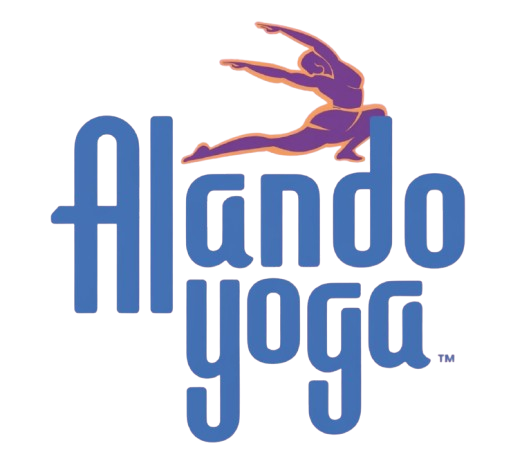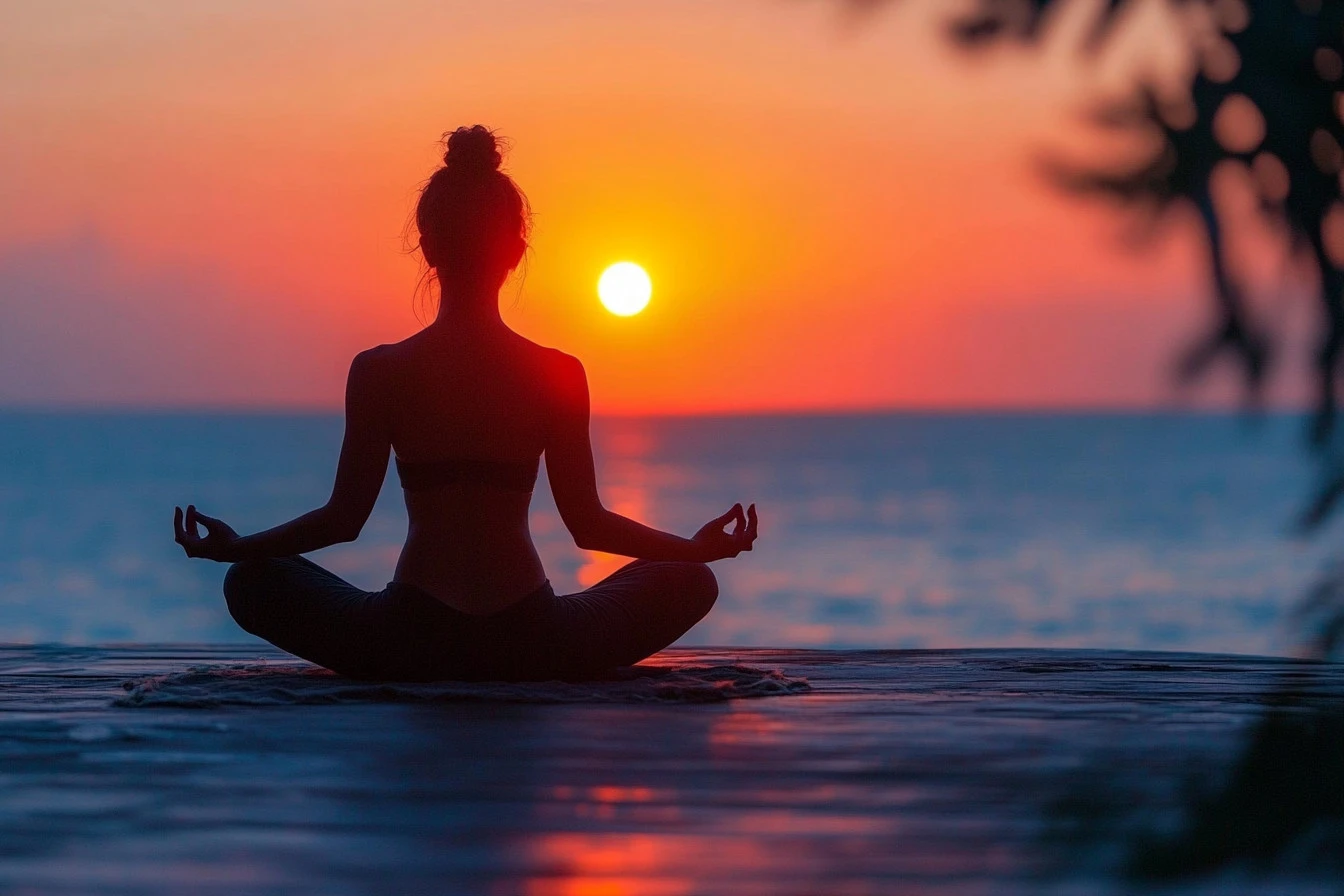What and When to Cue During a Fast-Paced Vinyasa
Dynamic movement and energetic flow have made fast-paced vinyasa yoga the choice for many. Also, the instructors who give a helpful direction to practitioners about how they should move their body are often paving way for them through all of these energetic sequences just so that certain (are cues)ciares and timely done leaving an effect behind. Consider these major elements of what and when to cue during a high-speed vinyasa.
Understanding the Flow
Vinyasa classes are done at a much faster pace, moving through most poses as one breath = 1(ish) movement. It all goes back to having a very deep sensual register (seeing, feeling and hearing) in the group dynamic as well as within the practice. Part of being a good educator is to build rapport with your students so you can tell when they need genuine advice and direction.
Key Cues to Enhance Flow
- Breath Awareness – Start each of these sequences with cues telling students to synchronize their movement with breath. These cues of ‘inhale up’ and then ‘exhale to fold forward’, create a cadence upon which the practice is anchored.
- Cuing Transitions: Cue on your transitions between more difficult poses in the moment. Imagine transitioning from Downward Dog to Plank by cueing “On your next breath, prepare to shift forward” flows better.
- Alignment Attention: In sequences that move quickly, it can be easy to forget about your alignment. Add short cues like”tighten core,” or “soft shoulders ” to keep students paying attention and in the proper alignment without stopping their flow.
- Words Of Effort Encouragement: In words of encouragement for effort energizing phrases can help you get the path during challenging sections and motivate students. Phrases such as ”Go for it” or “The strength is in you, never give up,” can inspire them to fight.
When to Cue
When it is said, perhaps more so than the literal words. How to Get it Right — Timing Boosters
- Start with Breaths: During transitions, lead in to your cues by using them as you inhale and exhale. This is how the students learn to move with their breath in a more natural way.
- Stay Alert for Quiet Moments: Vinyasa classes, especially fast-paced ones like Ashtanga and Power Yoga, will often incorporate transitions where the practitioner is encouraged to hold a pose (such as Warrior II) or perform an isolated yoga exercise (think leg lifts in Dolphin Pose). This could be a great opportunity for some alignments cues or even to remind them to stay present.
- Anticipate Transitions: If you hear a particular count before tricky move coming up, give students the cues they need to be ready at least one beat early. For instance, if we are going from chair pose to crescent lunge remind them ground though their feet.
Adapting to Your Audience
Every class is different. Whether you are teaching complete beginners or seasoned yogis, be sure to tailor your cues in order for them to best use that information. Newbies: If you’re new to the practice, your attention can wander – so simple asanas in detail may help. Pros don’t need reminding about this type of simplicity and welcoming total alignment with breath- the brief prompts are enough for them.
Conclusion
Cuing well in a vinyasa class can make all the difference for both you as an instructor and your students. You help them become mindful, sturdy and fulfilled by simply giving intentionality to your words (without over-performing or “cheering too loudly”) & providing specific powerful cues at the right time. Lean into the pace of this practice, and follow your intuition as you lead your students through energetic vinyasa yoga.

